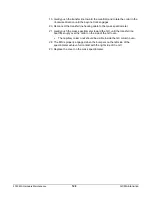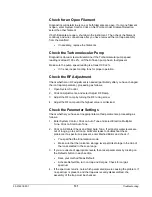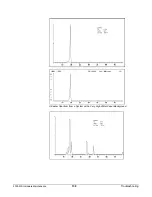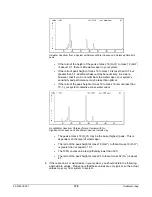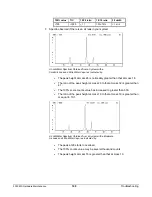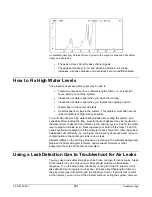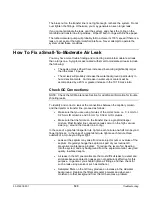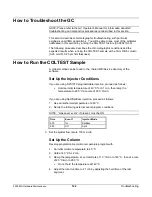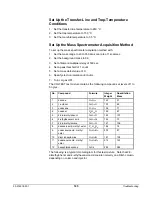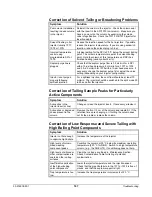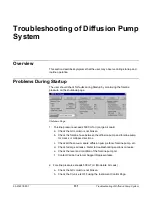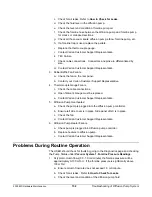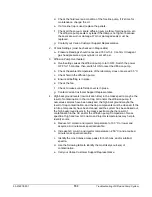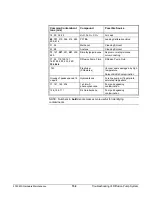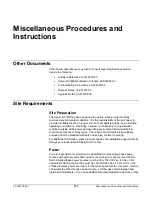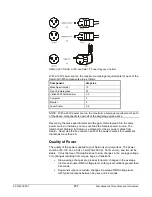
2000 MS Hardware Maintenance
142
Troubleshooting
be sure to wait until all GC zones are cool before beginning. If the leak is coming
from the transfer line connection, you will have to shutdown the GC/MS system
and vent the system before fixing it.
NOTE: Set the mass range from 35 to 50 if you will be using an argon leak-
detection gas, or from 80 to 110 if you will be using a Freon leak-detection gas.
Troubleshoot leaks using argon gas as a leak detecting gas. The mass peak of
interest for argon is at Mass 40.
To reduce the risk of damaging the filaments or multiplier, develop a method file
with the following parameters:
•
Set the electron multiplier 100 V below the 10
5
setting.
•
Turn off AGC and set the ion time to 100
µ
sec.
•
Set the filament emission current to 10
µ
A.
•
Set scan range from m/z of 35 to 50 (or 80 to 110)
Enter system control, activate the argon method for troubleshooting and turn the
trap ON.
NOTE: Do not spray argon indiscriminately around the fittings. Argon diffuses
very rapidly from the fitting you are testing toward a true leak. This could lead
you to mistakenly identify the fitting that you are testing as the leak source.
Check for leaks:
•
Spray a fine stream of argon on the transfer line closest to the analyzer.
•
Examine the monitor for a response. If a peak at mass 40 does not
appear, there is no leak.
•
If a peak appears at mass 40, there is a leak. The transfer line O-ring
may have particles on its surface. Shut down the system and check the
O-ring.
Check the following gaskets and fittings for leaks, one item at a time and in the
following order. (Tighten the fittings and/or flanges as needed. Wait a few
seconds between subsequent applications of argon.)
•
Calibration gas tube fitting on the pneumatics manifold
•
Vent valve fitting on the manifold
•
Top vacuum manifold flange
How to Fix a Large Air Leak
Typical sources of large air leaks in Saturn are
•
lint or damage on the manifold flange O-ring seal
•
Lint or damage on the transfer line O-ring seal
•
The transfer line brass nut
•
The O-Ring seal between the turbomolecular pump and the manifold
The release tabs of the analyzer are not locked into position.

